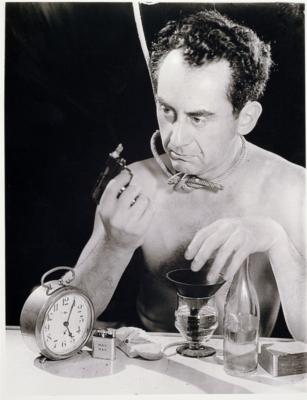MAN RAY- PHOTOGRAPHY
Man Ray is an American visual artist born August 27, 1890 in Philadelphia, Pennsylvania. He was a well known Photographer and considered as the explorer of surrealist photography. He made a huge impact in the artistic world through his images and it was more valuable than an actual handmade art. Although, Photography being his most passionate field, he was also a painter, object artist and a filmmaker. After graduating from high school, he received an opportunity to study architecture but decided to follow art as a career. At first, Ray was influenced by cubism/surrealism and did most of his work around that theme by working in several areas such as sculpture, painting, film and photography but after he met with Marcel Duchamp, he applied some movement into his art. With the help of Duchamp and Francis Picabia, Ray became the focal point of Dada movement. One of his popular work was "Violin d' Ingres" in 1924. This The picture showed a naked posterior and Ray added a "Flavor' of his own after it was styled Jean August Dominique. In a humorous manner, Ray drew two black shapes on her back to make it seem like a lyrical device. He had a lot of success working in photography in New York and Hollywood. In his concluding period, Ray progressed his best art works, with exposures in London, New York and Paris. He dies on November 18, 1976 in his favorite city and leaves a history behind.

